In recent times, the prices of some common groceries have unexpectedly doubled, leaving consumers bewildered. The underlying reasons for this surge are both complex and surprising, shedding light on hidden economic dynamics.
Eggs

Eggs have long been a staple in households. Yet, recently, their prices have doubled, leaving many puzzled. The surge can be attributed to a combination of factors, including supply chain disruptions and increased feed costs for poultry farms. These issues have led to reduced egg production, hitting consumers hard at the checkout.
Historically, eggs were considered an affordable protein source, making this price jump particularly concerning for budget-conscious families. The hidden complexities behind simple grocery items like eggs often reveal broader economic issues that affect everyday life.
Milk
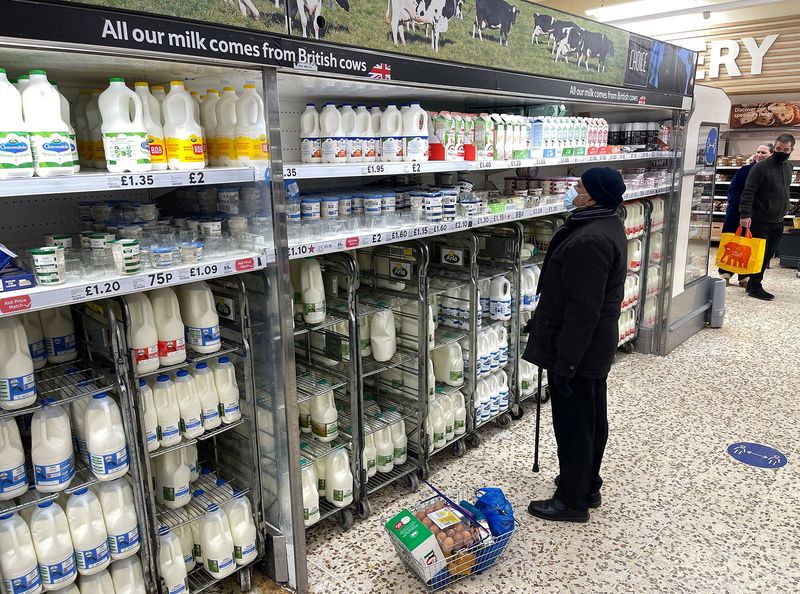
Milk, once the symbol of dietary wholesomeness, has seen its price soar unexpectedly. This increase is not merely due to inflation but is linked to rising costs in dairy farming, including feed, labor, and transportation expenses.
As these costs climb, producers pass the burden onto consumers. This surge has profound implications for families reliant on milk for their children’s nutrition. As a vital ingredient in various recipes, milk’s price hike reflects larger trends in the agricultural sector that are reshaping grocery bills nationwide.
Butter

Butter, cherished for its creamy texture and rich flavor, has become notably more expensive. The price hike in butter stems from increased dairy production costs and a shortage of cream supply. This escalation impacts baking enthusiasts and cooks alike, who rely on butter’s unique qualities.
The butter market’s volatility highlights vulnerabilities in food production systems. With globalization affecting local markets, consumers are caught in a web of economic shifts that make even basic groceries like butter a financial consideration.
Bread
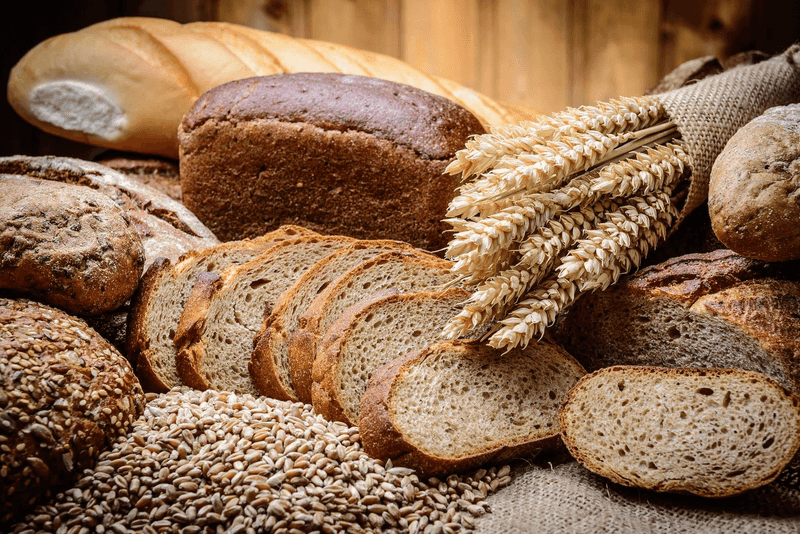
Bread, a universal dietary staple, has faced a surprising price surge. This is largely due to rising wheat prices and increased costs in production and transportation. As a result, bread has become a symbol of how global events can influence local prices.
For many, bread is a daily necessity, and its price increase places additional pressure on household budgets. This situation underscores the interconnectedness of global trade and agriculture, where small shifts can lead to significant changes in consumer expenses.
Cheese

Cheese, celebrated for its diverse flavors and textures, now comes with a heftier price tag. The increase is linked to the soaring costs of dairy production and tariffs affecting international cheese imports. Consumers now face a conundrum: enjoy their beloved cheese or cut back on spending.
This dilemma reflects broader economic tensions that affect everyday purchasing decisions. As trade policies shift, items like cheese become more than culinary delights; they turn into indicators of economic health and consumer confidence.
Rice
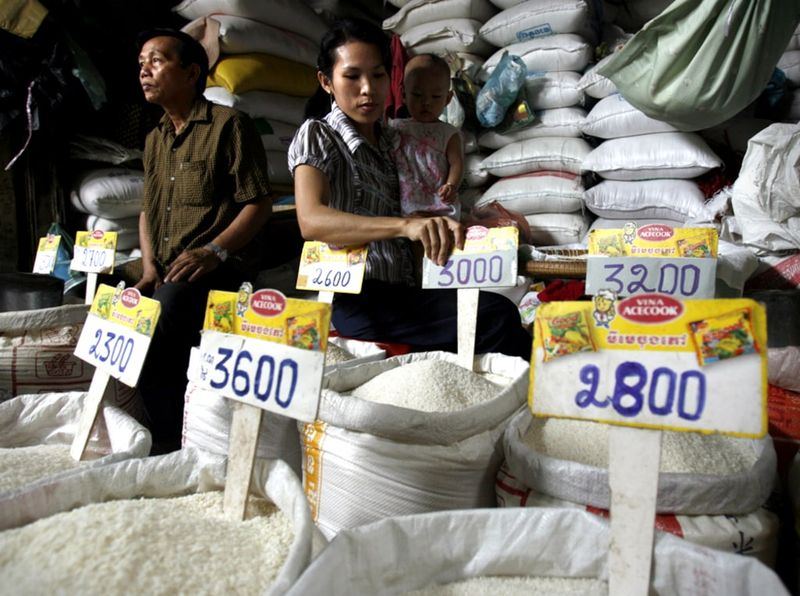
Rice, a global dietary staple, has not been immune to price hikes. The reasons are multifaceted, involving increased demand, adverse weather conditions affecting harvests, and rising transportation costs. These factors have converged to make rice more expensive, affecting billions worldwide.
For communities dependent on rice as a primary food source, these changes are deeply felt. The situation illustrates the fragility of global food systems, where environmental and economic forces intertwine to impact local markets and individual lives.
Pasta

Pasta, favored for its versatility and affordability, has seen a surprising increase in price. This change is driven by rising wheat prices and logistical challenges in distribution networks. For many, pasta is a go-to meal solution, making its price surge more than a culinary inconvenience.
This situation highlights how interconnected our food supply chains are, where disturbances in one area ripple through to affect others. As consumers adjust to these changes, the humble pasta becomes a symbol of broader economic shifts affecting everyday life.
Chicken
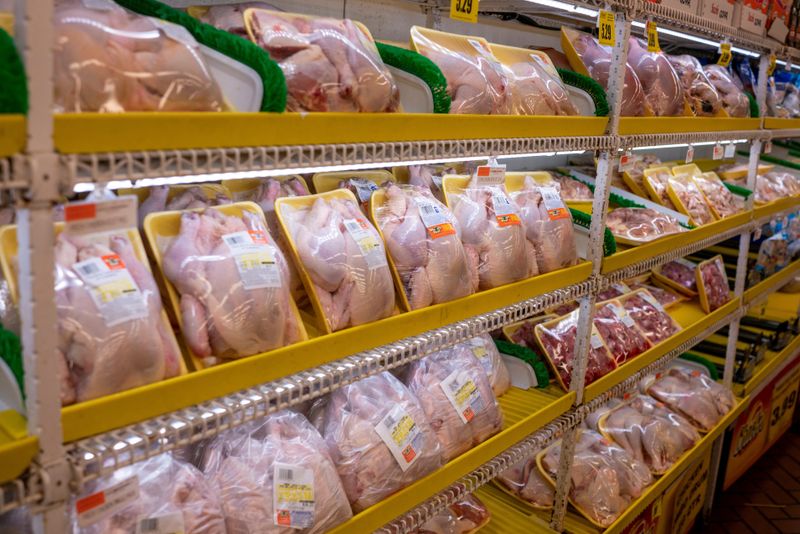
Chicken, a staple protein in many diets, has experienced a notable price increase. This hike is primarily due to rising feed costs and labor shortages within the poultry industry. As these challenges persist, consumers find themselves paying more for this common ingredient.
For families seeking affordable protein options, chicken’s price change is more than just a number; it reflects underlying economic pressures that influence dietary choices. This trend reminds us of the delicate balance within food production systems, where shifts in one area affect the whole.
Coffee

Coffee, the beloved morning ritual for millions, has seen its price double unexpectedly. Factors such as climate change impacting coffee bean harvests and increased transportation costs are to blame. For coffee lovers, this price hike is a bitter pill to swallow, affecting daily habits.
The situation highlights the vulnerability of global commodities to environmental changes. As coffee prices rise, they reflect broader challenges within the agricultural sector that consumers must navigate in their pursuit of everyday comforts.
Sugar

Sugar, an essential ingredient in many recipes, has become more costly. The price increase is linked to poor harvests and rising production costs. For those with a sweet tooth or businesses relying on sugar, this change is a significant concern.
This development underscores how agricultural and economic factors intertwine to affect consumer prices. As sugar costs rise, they illustrate the complex web of influences that shape our grocery bills, reminding us of the intricate dynamics within global markets.
Flour

Flour, fundamental to baking and cooking, has seen its price double. The increase is due to rising wheat prices and transportation challenges. For bakers and home cooks, this price surge is more than inconvenient; it reshapes kitchen practices.
This situation reveals how changes in agriculture influence daily life. As consumers adapt to flour’s higher cost, they confront broader economic realities that influence their culinary choices and household budgets, highlighting the link between agriculture and consumer markets.
Cereal
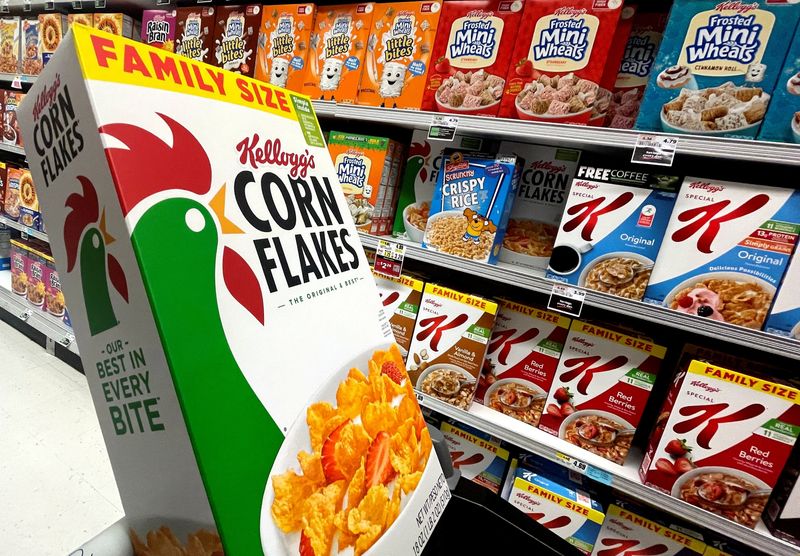
Cereal, a breakfast favorite, has experienced a surprising price increase. Factors such as rising wheat and corn prices, along with transportation costs, contribute to this change. For many, cereal is a convenient meal option, making its price surge a significant concern.
This development highlights the interconnected nature of global food supply chains. As cereal prices rise, they reflect broader economic trends that reshape consumer habits and highlight the delicate balance within our food systems.
Vegetable Oil
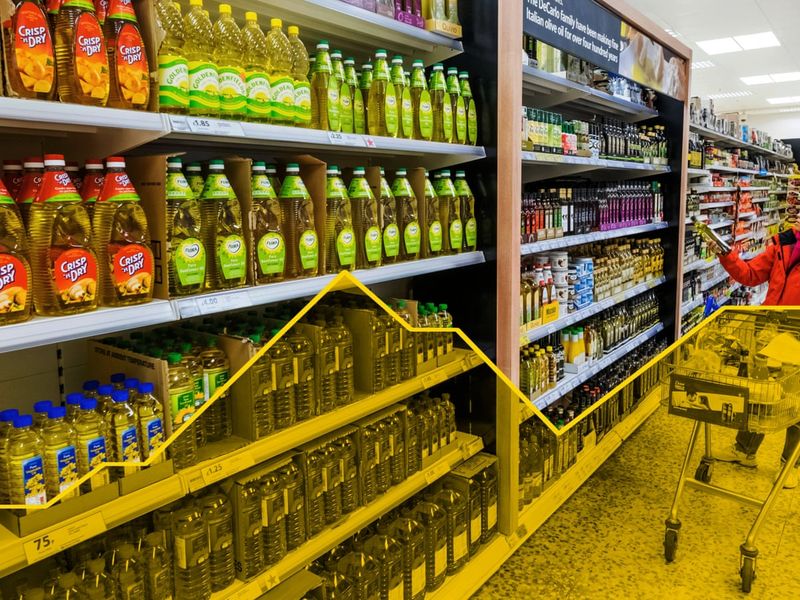
Vegetable oil, a kitchen staple, has seen its price double due to various factors, including increased demand and supply chain disruptions. For home cooks and restaurants alike, this change has widespread implications.
As the cost of vegetable oil rises, it underscores the challenges faced by global supply chains and the impact on everyday items. This price surge illustrates how interconnected our food systems are, where changes in one aspect influence the entire market, affecting both consumers and businesses.
Tomatoes
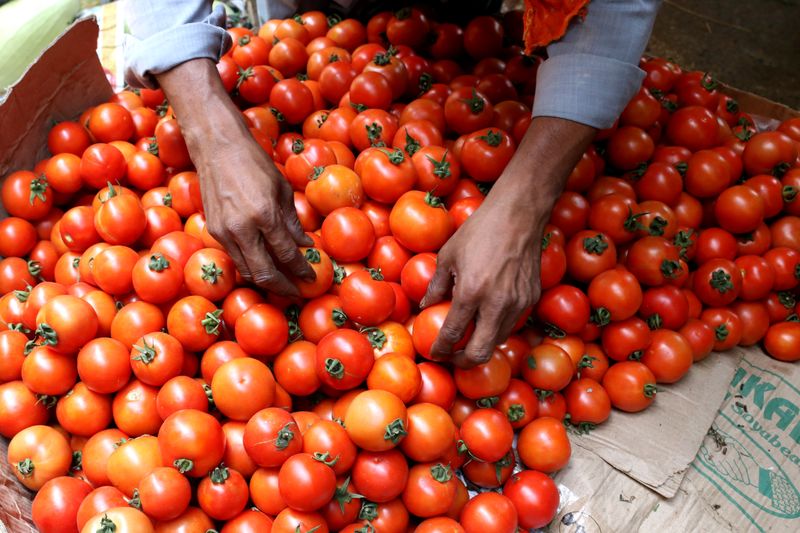
Tomatoes, a versatile and beloved ingredient, have suddenly become more expensive. Factors such as adverse weather conditions and increased transportation costs contribute to this price surge.
For those who enjoy fresh produce, the higher cost of tomatoes is a reminder of the delicate balance within agricultural markets. As consumers navigate these changes, they reflect on how environmental and economic factors intertwine to affect everyday grocery prices, highlighting the complexities of our food systems.
Potatoes
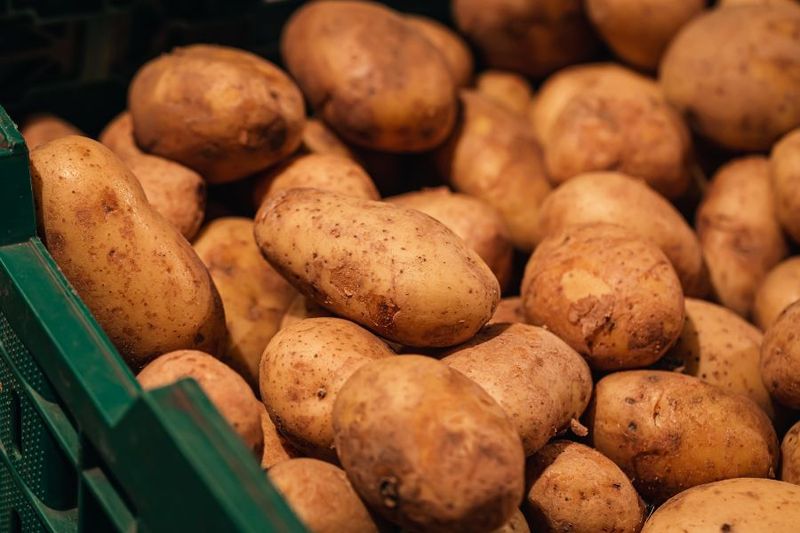
Potatoes, often seen as a comfort food, have seen their prices double due to increased production and transportation costs. This rise affects individuals and restaurants that rely on potatoes for various dishes.
The situation sheds light on how economic shifts can affect even the most basic groceries. As consumers adapt to these changes, they become more aware of the broader economic trends that influence their daily lives and the interconnectedness of global food systems.
Apples

Apples, once a symbol of simplicity and health, have seen their prices rise sharply. This increase is largely due to unfavorable weather conditions affecting apple harvests and rising transportation costs.
For apple lovers, this change is more than a financial adjustment; it echoes the vulnerabilities within agricultural systems. As consumers grapple with these higher costs, they reflect on how interconnected environmental and economic factors shape the availability and pricing of basic foods.
Bananas

Bananas, a favorite fruit for many, have experienced a surprising price hike. Adverse weather conditions and increased transportation costs play significant roles in this change.
For consumers who rely on bananas for their nutritional value and convenience, the price surge is a noteworthy shift. This situation highlights how various factors, including climate and logistics, can influence the cost of everyday groceries, reminding us of the intricate dynamics of global supply chains.
Leave a comment